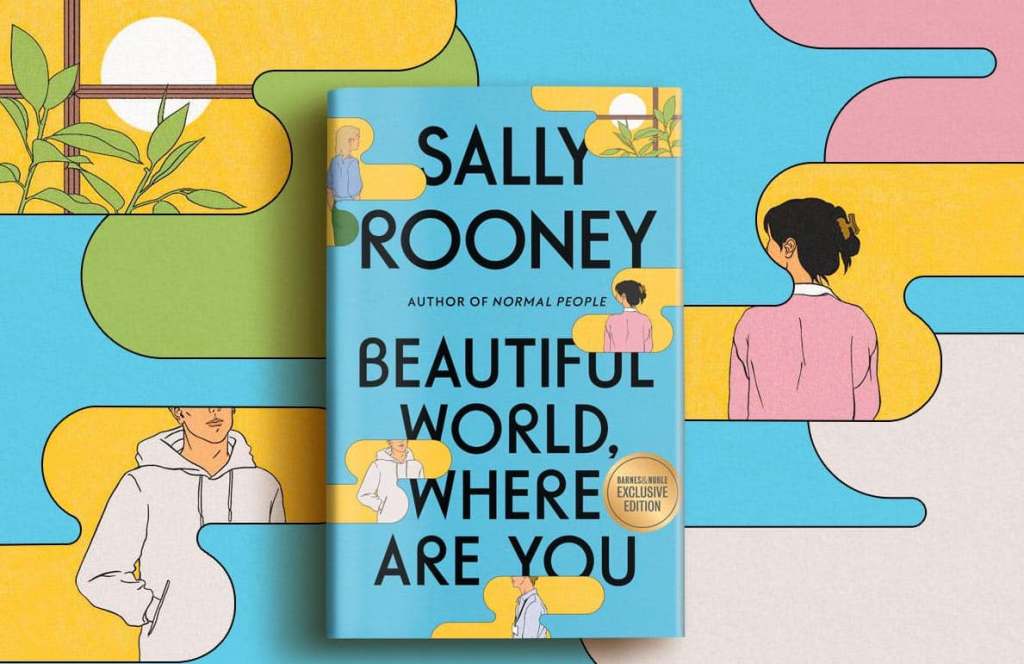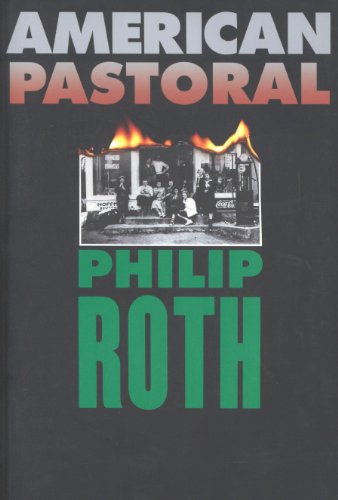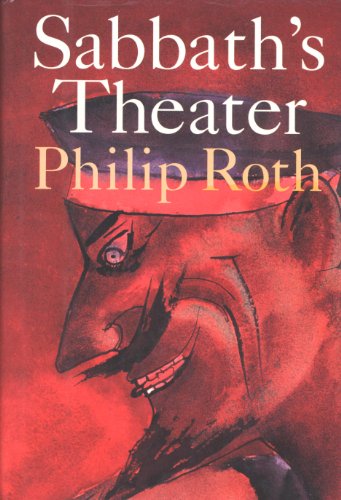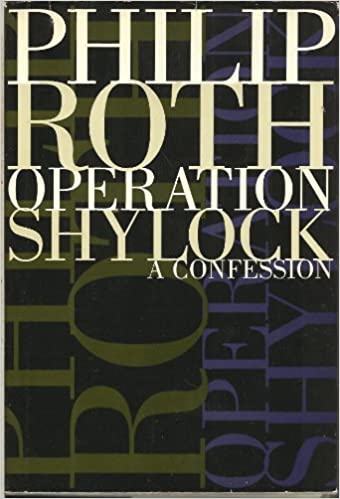1. Au revoir, France — hello, Ireland? That’s how it looks right now, especially since I’ve swapped my flight to Paris for a ticket to Dublin. So I guess I’m going to Ireland in October (insert a wee leprechaun kick). Or I think I am. The tyranny of the pandemic can upend everything, so while Ireland has relatively open tourism guidelines, things can change in a depressing snap. I scotched Paris because France’s Covid rules have become groaningly prohibitive — très crappy. I’m not torn up about it. I’ve been to Paris a few times, but this purportedly worldly traveler has never made Ireland. Frankly, it hasn’t lured me to its bucolic charms: rolling green hills, craggy ocean cliffs, mossy castles, obsession with pubs and, suspiciously, Guinness beer, minor museums and churches. It’s been on my index of non-bucket list destinations (including Australia, Iraq and pretty much anything Caribbean) until now. What clicked? The idea of something far and uncharted (and not tropical). Focusing on Dublin and, briefly, Galway, it will be a mellow journey, eight lolling days of food and drink, mild tourism, immersive history and lots of questionable Irish music. If I really get there, I’ll be lucky, charmed.

2. With uncluttered elegance, the film is called “Lamb,” and it will chill you to the bone. Coming October 8, it’s described by hip indie studio A24 as “Icelandic folktale on top, Nordic livestock horror on bottom,” and it flows in the vein of A24 creep-outs “The Witch” and “Midsommar.” This one, by Valdimar Jóhannsson, is about a childless couple adopting a creature that is neither lamb or human: a sheep has given birth to a hybrid animal that has the body of a baby and the head of a lamb. Watch the trailer here. It’s unsettling. It’s eerie. It’s glorious.
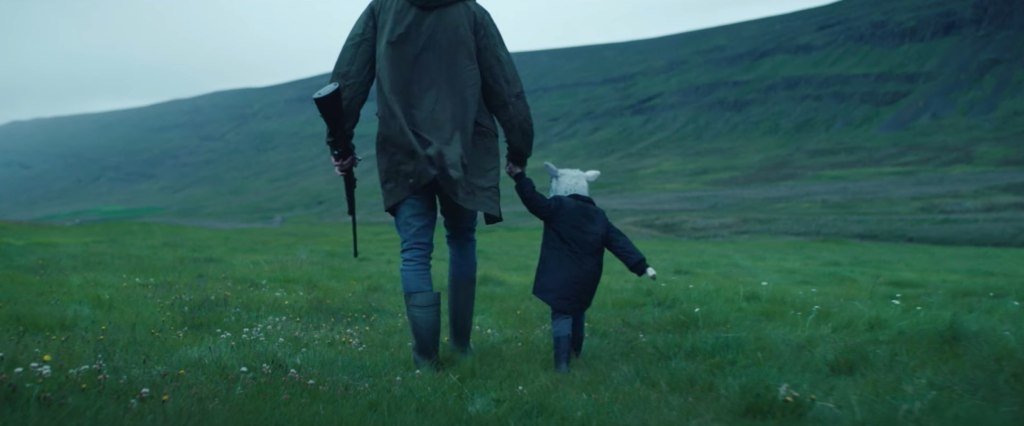
3. I’ll take sweaters over sweat anytime, and I cherish every cool breeze that cuts through this soggy, sloggy summer. Let’s call it a wrap. I have things to do this fall and the chaotic weather, be it soak or scorch, is proving a deflating victory for climate change. It’s time for 50s and 60s and the end of wildfires, heat waves and floods. Yes, I hate summer, but no season’s perfect. Even autumn, the best of them all, has its pesky drawbacks, from confetti storms of leaves and Mandalorian costumes on Halloween, to football and corn mazes. We can deal.

4. And we curl back to Dublin, via Irish author Sally Rooney, whose new book “Beautiful World, Where Are You” arrives September 7. A globally celebrated wunderkind for her twin novels “Normal People” and “Conversations with Friends,” both written before she was 28, Rooney returns to her familiar milieu of middle-class millennials swirling in career, interpersonal and libidinous distress. Couplings and uncouplings of bright young things juice the story and, if her other books are any indication, things will get hot. And bothered. A Rooney fan, I’m looking for artistic growth in the new novel, her longest yet. Rooney’s not the most assertive stylist, her stubbornly lean prose tweezered of metaphor. In a 2019 post, I concluded that “Rooney’s smart little beach reads — people boast about how they gulp her books in one sitting — are crisp divertissements. But they are lacking in weight, import, poetry, the stuff of lasting literature.” That said, they’re nourishing and human, and I’m banking on “Beautiful World” to be a frothy palate cleanser after more vinegary fare this summer. Then, for some tang, I’ll grab E.M. Cioran’s self-explanatory “The Trouble with Being Born,” and the world will sleep well again.
